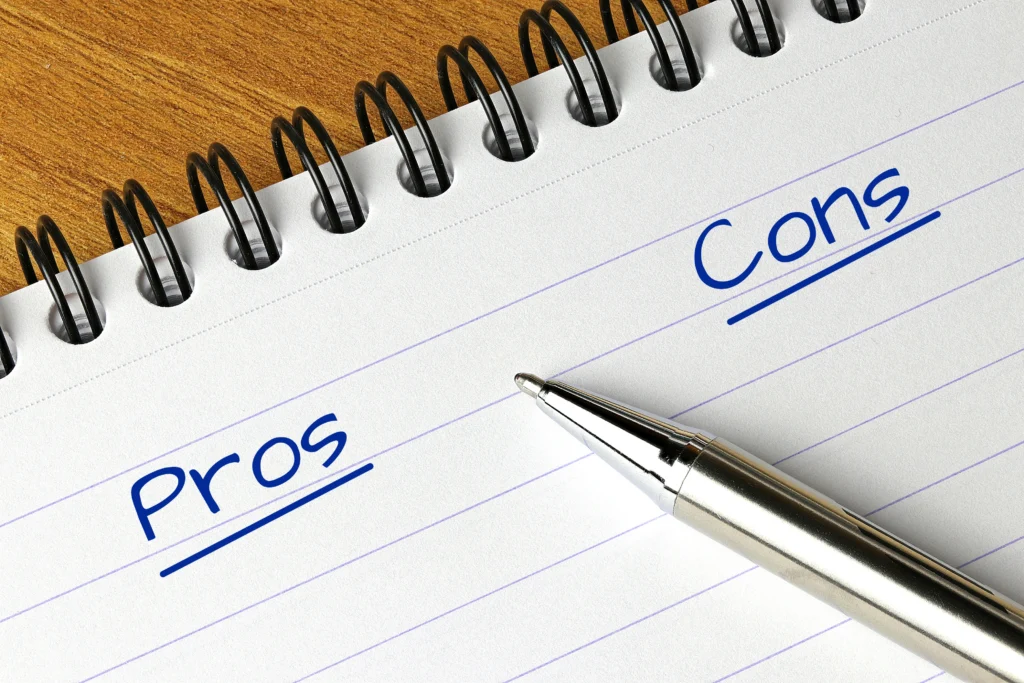
Time And Materials Vs. Fixed Fee – Which Is Best for Software Development?
By SOLTECH
Due to the expensive nature of software development, affordability can seem like a far-fetched idea. However, it’s possible to find a healthy balance between quality and cost based on your unique needs. When it comes to pricing and billing for custom software development, there are two main options: time and materials vs fixed fee.
In this article, we’ll explore the differences between time and materials vs fixed price, give you the pros and cons of time and materials vs fixed fee, and help answer some of the most commonly asked questions related to these two options in a software project.
What Are Fixed-Price Agreements?
Fixed price, fee, or bid is a straightforward concept. A software provider will define a scope of work with your help, and then deliver that exact scope of work for an agreed upon price.
Which brings us to a question commonly asked in the development space: “What is fixed-price software development?” Fixed-price software development is when you as the client explain your project requirements to the software provider, and they commit to delivering the specified features and functionality for an agreed-upon price. This model provides budget predictability and assurance that the provider will complete the project within a defined scope and budget.
What Are the Pros of Fixed Fees?
As a software product owner, you may have warm and fuzzy feelings about a fixed-price contract. You know what your costs are upfront, you can space out payments evenly, and you don’t have to worry about financial uncertainty. But remember that a fixed-price contract doesn’t make sense for every project.
Fixed-price agreements are great when:
- The scope of the project is small.
- The requirements are 100% defined.
- The requirements will not change.
- The work is turnkey, where the software provider has done the exact work repeatedly with little to no variation.
- There is no need for flexibility for the duration of the project.
The reason why a fixed-price agreement needs a well-defined scope that is limited in size is because it’s impossible to estimate a true and fair price when there are unknowns. The larger the project is in size or if the requirements are not fully defined, there’s a greater chance for unknowns to pop up.
What Are the Cons of a Fixed Agreement?
If a software provider agrees to create a fixed-price project with an unclear scope, they will most likely add a risk factor, or padding, to protect themselves. That padding is, in effect, a wager on a future outcome.
Rather than focusing fully on developing your project and meeting your needs, a fixed-price agreement may distract a software provider because they are managing their own profit interests in addition to delivering your software. You could pay more for the project for the benefit of a known price, or the software provider may lose profit. When one of those scenarios occurs, someone loses.
What Is a Time and Materials Fee?
A time and materials (T&M) fee is a payment option where you pay for the actual hours worked by the development team and the cost of materials or resources used during the project.
Time and materials agreements are great when:
- The scope of the project is not small.
- The requirements are not fully known.
- The requirements may change during the course of the project.
- The client wants flexibility to modify the scope or change features while the project is underway.
What Are the Pros of T&M?
The pros of T&M tie back to the reasons why businesses should choose this pricing model over the fixed-fee model.
The first reason is flexibility. During the course of software development, you can adjust requirements, incorporate user input, swap out features, and change direction so that you get the exact product you want.
Prioritization is the second advantage. With T&M, you can prioritize tasks based on changing business needs and market demands. This allows for agile development, where the development team can adapt to evolving requirements and focus on delivering the most valuable features first.
Additionally, T&M is faster than fixed-price agreements when it comes to project initiation. Time and materials contracts typically employ a sprint-based approach, where the development team divides work into manageable iterations. This approach enables them to work efficiently by focusing on specific features at a time, ensuring that the final product aligns closely with your vision.
Another advantage of time and materials is the reduced risk of a contract obliging you to continue working with a software provider, even if the project or provider isn’t meeting your expectations. Unlike fixed-price agreements, which may lock you into a specific scope of work regardless of evolving needs, T&M contracts offer greater flexibility to adjust or terminate the engagement as necessary.
Lastly, T&M promotes accountability on both sides, since there’s full transparency in how the development team uses time and resources. As the client, you can ensure that the project progresses efficiently, while development teams ensure they demonstrate the value of their work. This shared understanding reduces the risk of misunderstandings, enhances communication, and contributes to the overall success of the project.
What Are the Cons of T&M?
The concern most people have with a T&M contract is managing the variability of payments and the total project cost. However, some software development companies may be willing to work with you on a payment schedule to manage your cash-flow requirements. With regard to the total project cost, you have more control than you might think. This is because you can actively participate in decision-making throughout the development process. However, this involvement demands vigilance and effective communication to ensure that the project stays aligned with the intended scope and objectives.
As a software product owner, you can put in place the processes and transparency you need to manage budgets with your vendor. This might mean asking for features to be estimated and approved before each phase of work. It might also mean requiring detailed invoices by feature or task so you can reconcile estimates with billed work.
Changes and additions to the project scope are yet another disadvantage associated with T&M. As such, there will be some additional overhead on both sides to manage the changing features and ongoing project spend. Without careful monitoring and communication, the project might deviate significantly from the initial plan. The goal is to get the software you want for a total cost that makes sense, given the features and value delivered.
Is Time and Materials a Fixed-Price Contract?
No, a time and materials contract is not a fixed-price contract. In a fixed-price contract, you and your software development team agree on a set price for the entire project before the work begins. In a T&M, on the other hand, you pay for the project based on the actual time and resources spent on the project.
What Is the Difference Between Time and Materials, and Fixed Bid or Fee?
The primary difference between these models lies in the payment structure. Time and materials contracts entail payments based on actual hours worked and materials used. Fixed bid or fee contracts involve predetermined payments regardless of the time and materials used throughout the project.
Conclusion
Time and materials vs fixed fees are two models for pricing work in the software development industry. A client or software product owner might like the idea of fixed price or fixed cost because it seems like a lower-risk option. But the best pricing model when comparing T&M vs fixed price ultimately depends on the type of project or work you are doing.
Fixed price is a fair pricing model for small, well-defined, and fixed-scope work that requires no involvement from the client. In all other scenarios, a T&M contract usually makes more sense.
If you’re unsure about managing a T&M project, a good software partner will work with you to provide the processes and transparency you need to make cost- and value-based decisions, as well as adjustments during the delivery process.
The 6 Non-Negotiable Items When Building Software
We want to help every project begin on solid ground. In The 6 Non-Negotiable Items When Building Software, we share six steps that are a must when creating your software.
Download the guide below and share it with your team!




